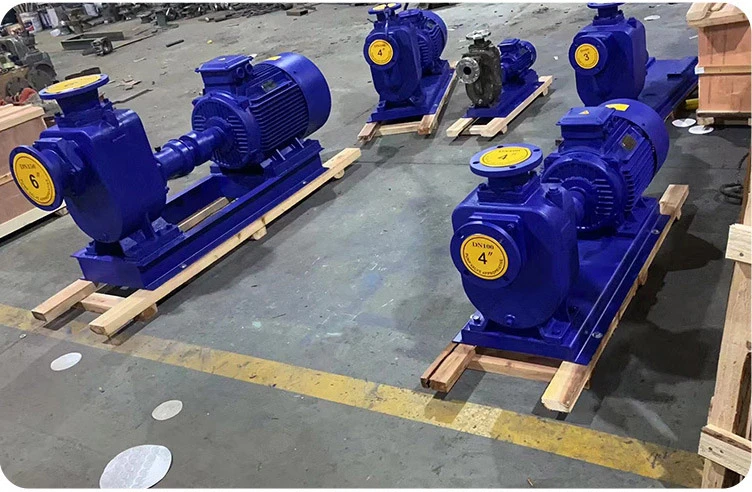Estonian
- Afrikaans
- Albanian
- Amharic
- Arabic
- Armenian
- Azerbaijani
- Basque
- Belarusian
- Bengali
- Bosnian
- Bulgarian
- Catalan
- Cebuano
- Corsican
- Croatian
- Czech
- Danish
- Dutch
- English
- Esperanto
- Estonian
- Finnish
- French
- Frisian
- Galician
- Georgian
- German
- Greek
- Gujarati
- Haitian Creole
- hausa
- hawaiian
- Hebrew
- Hindi
- Miao
- Hungarian
- Icelandic
- igbo
- Indonesian
- irish
- Italian
- Japanese
- Javanese
- Kannada
- kazakh
- Khmer
- Rwandese
- Korean
- Kurdish
- Kyrgyz
- Lao
- Latin
- Latvian
- Lithuanian
- Luxembourgish
- Macedonian
- Malgashi
- Malay
- Malayalam
- Maltese
- Maori
- Marathi
- Mongolian
- Myanmar
- Nepali
- Norwegian
- Norwegian
- Occitan
- Pashto
- Persian
- Polish
- Portuguese
- Punjabi
- Romanian
- Russian
- Samoan
- Scottish Gaelic
- Serbian
- Sesotho
- Shona
- Sindhi
- Sinhala
- Slovak
- Slovenian
- Somali
- Spanish
- Sundanese
- Swahili
- Swedish
- Tagalog
- Tajik
- Tamil
- Tatar
- Telugu
- Thai
- Turkish
- Turkmen
- Ukrainian
- Urdu
- Uighur
- Uzbek
- Vietnamese
- Welsh
- Bantu
- Yiddish
- Yoruba
- Zulu
Telephone: +86 13120555503
Email: frank@cypump.com
okt. . 05, 2024 07:24 Back to list
Efficient Strategies for Sewage System Pumping and Maintenance Practices
Understanding Sewer System Pump-Outs An Essential Maintenance Procedure
Sewer systems play a critical role in managing wastewater and maintaining public health. One of the often-overlooked aspects of these systems is the process known as pump-out, which is essential for ensuring that sewer systems function properly. This article aims to elucidate the importance of sewer system pump-outs, when they are necessary, and the procedures involved.
What is a Sewer System Pump-Out?
A sewer system pump-out refers to the process of removing accumulated waste from septic tanks, sump pumps, or pump stations within a sewer system. These facilities are designed to handle the transportation of wastewater; however, over time, solids and sludge can build up, leading to potential blockages and malfunctions. Regular pump-out maintenance ensures that these systems operate efficiently and reduces the risk of unpleasant odors, backups, and costly repairs.
Why Are Pump-Outs Important?
1. Preventing Blockages Over time, various solids may accumulate in sewer lines and tanks, obstructing the flow of wastewater. A well-timed pump-out can prevent serious backups, which could disrupt service and cause extensive damage to the plumbing infrastructure.
2. Health Concerns When sewer systems malfunction due to neglect, they can pose serious health risks. Wastewater backups can lead to exposure to harmful pathogens and pollutants. Regular pump-outs minimize these risks, keeping communities safe.
3. Compliance with Regulations Many local and state governments have regulations in place regarding the maintenance of sewer systems. Regular pump-outs can help homeowners and businesses comply with these laws, avoiding fines and penalties.
4. Cost Efficiency While pump-outs may seem like an additional expense, regular maintenance can save money in the long run by preventing more significant, more expensive problems down the line. Unaddressed backups and blockages may require extensive repairs, which can be financially burdensome.
When is a Pump-Out Necessary?
The frequency of pump-outs can vary depending on several factors, such as the size of the tank, the number of inhabitants in a household, and the type of waste being disposed of. Generally, septic tanks should be pumped out every three to five years. However, if your household has a high water usage or frequently disposes of non-biodegradable materials, more frequent pump-outs may be necessary.
sewer system pump out

It's advisable to establish a maintenance schedule and keep an eye out for any warning signs that indicate the need for a pump-out, including slow drains, gurgling sounds, or unpleasant odors around the property.
The Pump-Out Procedure
The process of a sewer system pump-out involves several key steps
1. Assessment A qualified technician will assess the system to determine the level of sludge accumulation and identify any potential issues.
2. Preparation The area around the access point is prepared to ensure a safe and efficient operation.
3. Pumping Using a vacuum truck, the technician will remove the accumulated waste material from the tank or sump pump.
4. Inspection After pumping, a thorough inspection is conducted to identify any signs of damage or potential problems.
5. Reporting Finally, the technician will provide a report detailing the condition of the system and any recommended maintenance actions.
Conclusion
Sewer system pump-outs are an indispensable part of maintaining healthy and functioning wastewater management systems. Regular maintenance prevents blockages, protects public health, ensures compliance with legal standards, and ultimately saves money. By understanding the importance and process of pump-outs, homeowners and businesses can take proactive steps to ensure their sewer systems remain in top condition. Investing in regular pump-outs is a commitment to a cleaner and healthier environment for all.
-
ISG Series Vertical Pipeline Pump - Chi Yuan Pumps Co., LTD.|Energy Efficiency, Corrosion Resistance
NewsAug.03,2025
-
ISG Series Pipeline Pump - Chi Yuan Pumps | Energy Efficiency&Compact Design
NewsAug.03,2025
-
ISG Series Vertical Pipeline Pump - Chi Yuan Pumps Co., LTD.|High Efficiency, Low Noise, Durable
NewsAug.02,2025
-
ISG Series Vertical Pipeline Pump - Chi Yuan Pumps | High Efficiency, Low Noise
NewsAug.02,2025
-
ISG Series Vertical Pipeline Pump- Chi Yuan Pumps Co., LTD.|High Efficiency&Compact Design
NewsAug.02,2025
-
Heavy-Duty Mining Sludge Pumps - Wear-Resistant Slurry Handling
NewsAug.02,2025










